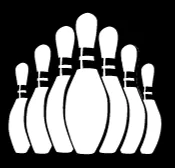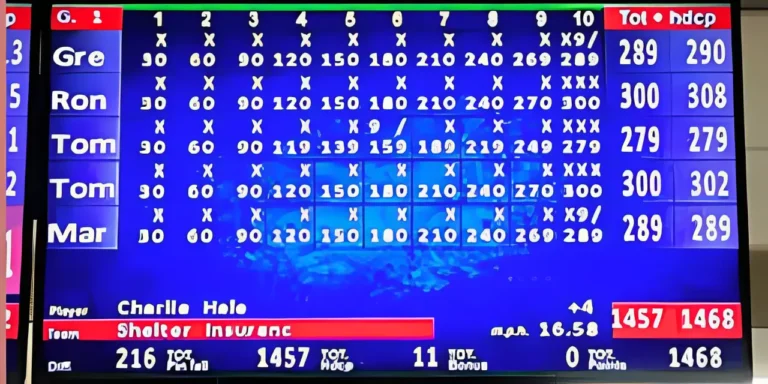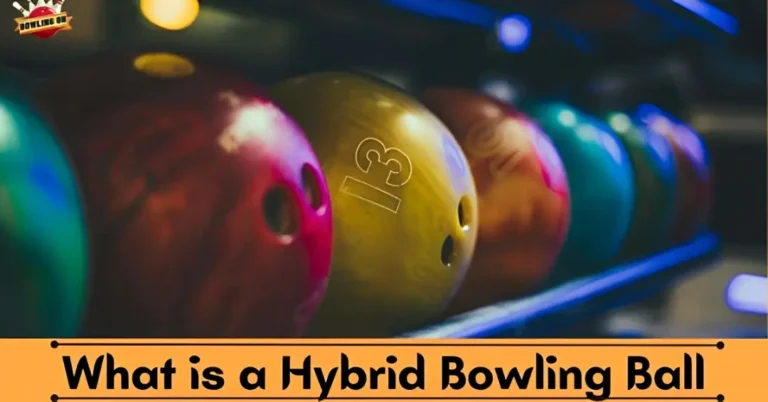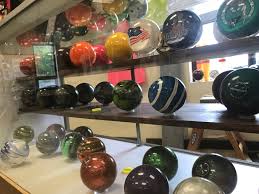What is Inside a Bowling Ball and Components
Despite the many advancements in technology that have enhanced bowling balls with clever inner workings to improve scores, casual players still find the internal components and materials that create the desired hook potential and pin action somewhat mysterious. Understanding how to choose and tune a ball effectively requires looking beyond the shiny exterior to explore the spaced-out weight blocks, centered spheres, porous covers, and more, all working together inside.
This definitive guide answers the question, “What is Inside a Bowling Ball?” by revealing the hidden layers that empower tailored curvature, speed variations, and pinpoint accuracy down the lanes. We will connect the exterior coverstock traits directly with the interior engineering, meeting USBC regulation standards inside three main types of bowling balls, all designed for specialized bowling success. By the end, you’ll know exactly “What is Inside a Bowling Ball” and how it contributes to your game.

Inside “Pancake” Bowling Balls The entry-level pancake bowling ball earns its unflattering nickname from a flat round pancake-esque weight block found inside cheaper or rented house balls: one dense, squat circular metal or plastic mass embeds off-center inside a wide lightbulb-shaped inner void. Greater void space surrounding the primitive weight block reduces costs but robs hook ability for straight shots only.
Coverstock Materials Defining Performance
Coverstocks: Smooth plastic shells lack absorption traits needed for interior weight block transfers creating hooks. Minimal traction means minimal veer even on oily lanes. It’s favored for spare shooting, not strikes.
Inside Reactive Resin Bowling Balls Serious hobbyists and competitive league bowlers turn toward far more sophisticated reactive resin bowling balls potent with physics magic transforming player mechanics into devastating dynamics down the pin deck.
A spherical balanced core center enveloped by carefully plotted geometric weight blocks of dense materials interact in resin balls. Adjusting distribution patterns and utilizing differential densities in the blocks themselves alters the radius of gyration specs, giving players customizable hook options from the same exterior ball ranging from earlier smooth transitions to backend último juice hooks picking up multiple strikes when tuned right.
Densely compacted minuscule metal flecks and other shavings dispersed throughout ball shells add mass heft. Larger bowling ball sizes mean strength becomes necessary to manage their intensity. But particle powerhouses deliver thunderous impacts when harnessed correctly.
Coverstocks: Aggressive particle balls demand equally aggressive coverstock exteriors with amplified traction and sensitivity producing instant friction before layered weighted particles influence back-end reactions. Sanded versus polished shells provide further hook customization.
While myriads of modern bowling technologies now exist like dynamic cores shifting shapes mid-roll or interchangeable surface tuners for lane oil adjustments, understanding fundamental weighted foundations determining ball behaviors and types of reactive shells available assists bowlers in leveling up smart ball and arsenal choices that best showcase their prowess every match. Never underestimate what the inside of a bowling ball brings out in your game.
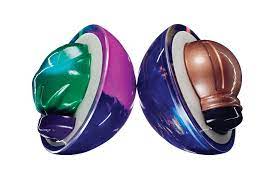
Demystifying How Bowling Balls Work
For many novice bowlers, bowling balls seem like mysterious black spheres that somehow curve and smash pins with varying levels of intensity. But beneath the shiny exterior covers lies intricate, purposeful science fine-tuned for that perfect strike.
In easier terms, different bowling balls function differently because bowling brands engineer specialized weight distributions and traction levels inside. The right densities in the right places paired with the right cover grippiness together produce desired ball motions.
Breaking Down Bowling Ball Parts
Engineers pack extra weight into strategic zones inside balls to intentionally throw off standard balance points. This carefully controlled imbalance allows the weight to shift as balls roll, creating spin, curve, and hook movements.
The regions holding extra weight are called “weight blocks”. Weight blocks come shaped as circles, rectangles, triangles and more to enable different weight behaviors. Their sizes, densities, and exact placements all get calculated to generate signature styles of ball roll and pin impacts.
Surrounding weight blocks sits empty space for them to float and drift inside upon release. Together the off-center weights and empty voids cause the ball’s gyration nature.
The outer ball layer is its shell, made from materials like plastic, resin, or particle blends. The shell textures have microscopic pores absorbing lane oil to stick on the lane surfaces better. More porous shells equals more hook action from added friction.
Choosing Balls Based on Style
Straight shooters do best with spare shooting balls having centered weight blocks rolling end-over-end without curve deviation.
Hook fans desire resin or particle balls with shaped weight blocks for exaggerated pin wheel pinball reactivity. Knowing lane oil absorption levels of ball cover stocks then helps determine controllable hook levels.
Understanding core and coverstock engineering empowers bowlers to choose their personalized bowling ball behaviors best adapted to skill levels and lane conditions. It pays to recognize different equipment specializations.
Also, Read these blogs
How much does it cost to build a bowling alley?
